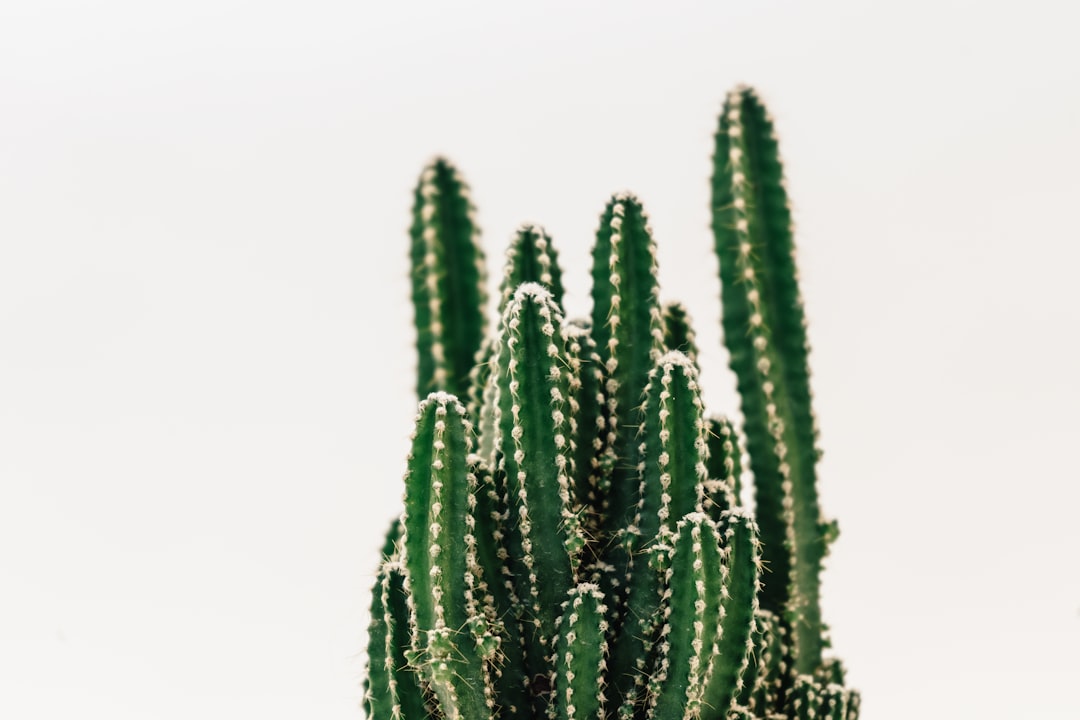Succulents and cacti are famous for thriving in tough conditions, often growing in poor, rocky soils with little organic matter. Because of this, many plant owners assume these plants don’t need fertilizer—but that’s not entirely true! While succulents and cacti are low-maintenance, the right nutrients can enhance their growth, improve color, and even encourage blooming.
However, over-fertilizing can do more harm than good. So how do you fertilize succulents and cacti correctly? In this guide, we’ll cover when, how, and what to feed your plants to keep them thriving.
Why Fertilizing Succulents and Cacti Matters
🌵 Encourages Healthy Growth – While succulents grow slowly, feeding them the right nutrients can help them develop stronger roots and fuller, more compact shapes.
🌵 Enhances Color and Vigor – Many succulents show vibrant hues (reds, purples, and blues) when they receive the right nutrients.
🌵 Promotes Flowering – Some cacti and succulents, like Echeveria and Mammillaria, bloom more readily when they receive occasional feeding.
🌵 Replenishes Nutrients in Potted Soil – Over time, nutrients in potting soil get depleted, especially if your plant has been in the same pot for a long time. Fertilizing helps replace these lost nutrients.
When to Fertilize Succulents and Cacti
⏳ Spring & Summer (Growing Season) – Best Time to Fertilize
-
Succulents and cacti actively grow during warm months.
-
Feed once a month during this period.
-
For fast-growing varieties (like Sedum or Echeveria), you can fertilize twice a month at half strength.
⏳ Fall & Winter (Dormant Season) – Skip or Reduce Fertilizing
-
Many succulents and cacti slow down or stop growing in cooler months.
-
Feeding during dormancy can lead to weak, leggy growth or root rot.
-
Some winter-growing succulents (like Aloe or Haworthia) may benefit from light feeding every 6-8 weeks.
What Type of Fertilizer is Best for Succulents and Cacti?
Succulents and cacti don’t need heavy feeding—too much fertilizer can cause weak, overgrown plants. Choose a fertilizer with a balanced or low-nitrogen formula.
Best Fertilizer Options:
✅ Diluted All-Purpose Fertilizer (Balanced NPK 10-10-10 or 20-20-20)
-
Works well when diluted to half or quarter strength.
-
Too much nitrogen can cause leggy growth, so always dilute!
✅ Succulent & Cactus-Specific Fertilizers
-
These are pre-formulated with the right balance of nutrients.
-
Brands like Espoma Cactus Fertilizer or Miracle-Gro Succulent Plant Food work well.
✅ Organic Options (Compost Tea, Worm Castings, Fish Emulsion)
-
Provides a gentle, natural nutrient boost.
-
Best for outdoor succulents or organic gardeners.
✅ Slow-Release Fertilizer Pellets
-
Releases nutrients gradually over several months.
-
Great for those who forget to fertilize regularly.
How to Fertilize Succulents and Cacti
💧 Step 1: Water First – Before fertilizing, water your plant lightly to avoid root burn.
💧 Step 2: Dilute the Fertilizer – If using liquid fertilizer, mix at half or quarter strength to prevent overfeeding.
💧 Step 3: Apply Evenly – Pour the diluted fertilizer onto the soil, avoiding the leaves and stems.
💧 Step 4: Resume Normal Watering – Let the plant absorb nutrients naturally, and don’t water again until the soil dries out.
Common Fertilizing Mistakes to Avoid
🚫 Over-Fertilizing – Too much fertilizer leads to leggy growth, weak stems, and fewer vibrant colors.
🚫 Fertilizing in Winter – Most succulents and cacti don’t need food when dormant.
🚫 Using High-Nitrogen Fertilizers – Encourages too much leaf growth, making succulents stretch unnaturally.
🚫 Skipping Fertilization Entirely – While they can survive without it, occasional feeding results in stronger, healthier plants.
Final Thoughts
Fertilizing succulents and cacti isn’t complicated, but less is more when it comes to feeding these low-maintenance plants. The key is to feed lightly during the growing season and avoid over-fertilizing. A little boost can go a long way in helping your plants grow compact, colorful, and even produce flowers!
How often do you fertilize your succulents and cacti? Have you noticed a difference in growth? Share your experience in the comments!

Comments
No comments yet. Be the first to comment!
You must be logged in to comment. Login